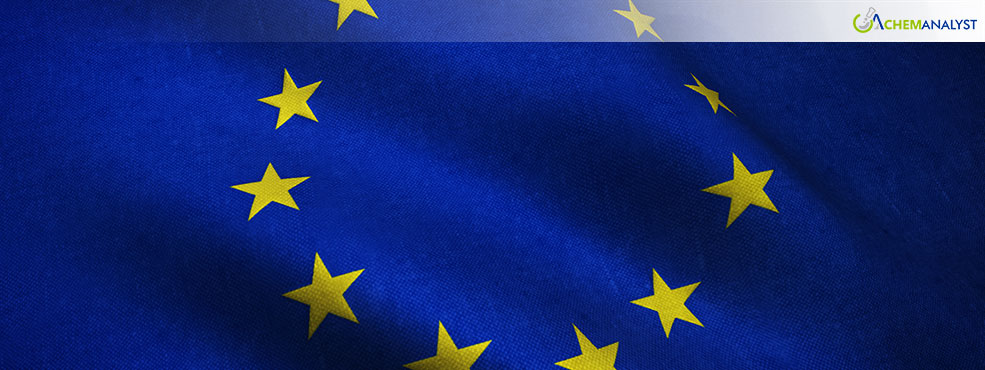EU Parliament Revises End-of-Life Vehicle Rules, Lowers Recycled Plastic Targets
- 13-Feb-2025 8:30 PM
- Journalist: Xiang Hong
The European Parliament (EP) has approved a report introducing several modifications to the European Commission’s proposed regulation on End-of-Life Vehicles (ELV). The regulation focuses on establishing circular economy requirements for vehicle design and disposal, with the goal of increasing the use of recycled materials in automotive manufacturing. The EP’s report outlines changes to key aspects of the proposal, including the scope of the regulation, the criteria for defining an end-of-life vehicle, and the quotas for recycled plastic content.
One of the main objectives of the ELV Directive is to boost the proportion of recycled plastics used in vehicles. However, the EP has proposed adjustments to the Commission’s initial targets, stating that the quotas must be both “reasonable and realistic” to ensure feasibility for the automotive industry. In response, the report lowers the required percentage of recycled plastic in new vehicles from 25%, as initially proposed by the Commission, to 20%.
The revised regulation also expands the sources from which recycled plastic can be obtained. To meet the 20% quota, manufacturers can now use recycled plastics derived from both pre-consumer and post-consumer plastic waste. This includes bio-based plastics, which provide additional flexibility in achieving the sustainability goals outlined in the regulation.
Another significant change concerns the closed-loop recycling requirements. Originally, the Commission’s proposal mandated that at least 25% of the recycled plastic content in vehicles should come specifically from plastics recovered from end-of-life vehicles. The EP’s report reduces this target to 15%, making it easier for manufacturers to comply with the regulation while still promoting the use of recycled materials.
To ensure proper implementation and monitoring of recycled content, the EP has requested that the European Commission develop a standardized method for calculating and verifying the recyclate content in plastics. This methodology, which will be introduced through a delegated act, must take into account the best available recycling technologies, including chemical recycling. The report also highlights the potential role of digital product passports in improving the traceability and verification of recycled plastics in vehicle manufacturing.
Furthermore, the EP has recommended that the feasibility of the new plastic recycling targets be reassessed through an impact assessment. This review will evaluate the practicality of the quotas based on factors such as technological advancements, the availability of recycled plastics, and the quality of recycled materials.
By refining the proposed ELV regulations, the European Parliament aims to balance sustainability ambitions with industry capabilities. The revised targets ensure that automakers can integrate more recycled plastics into vehicle production while maintaining high-quality standards and ensuring the availability of suitable recycling technologies. These adjustments reflect a more pragmatic approach to achieving circular economy goals in the automotive sector.



